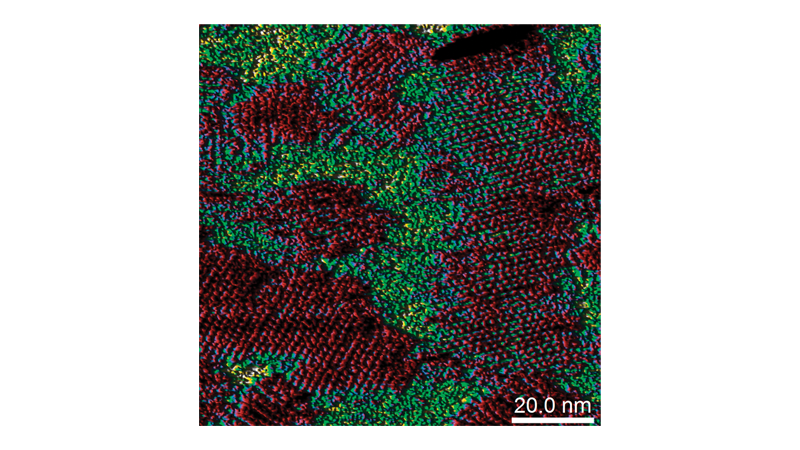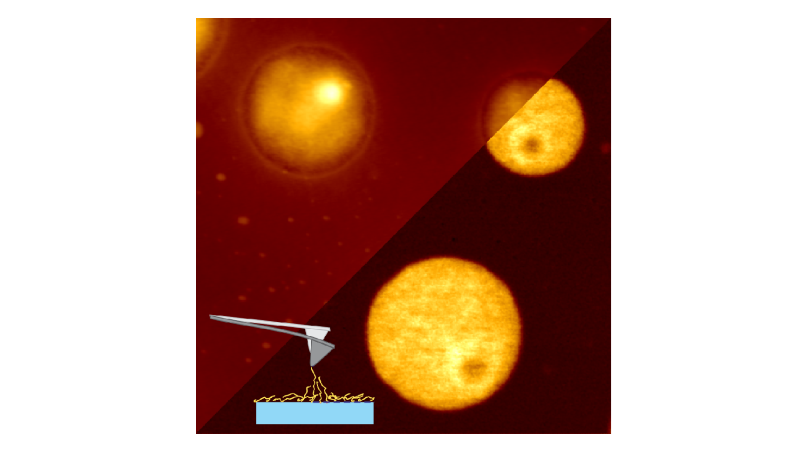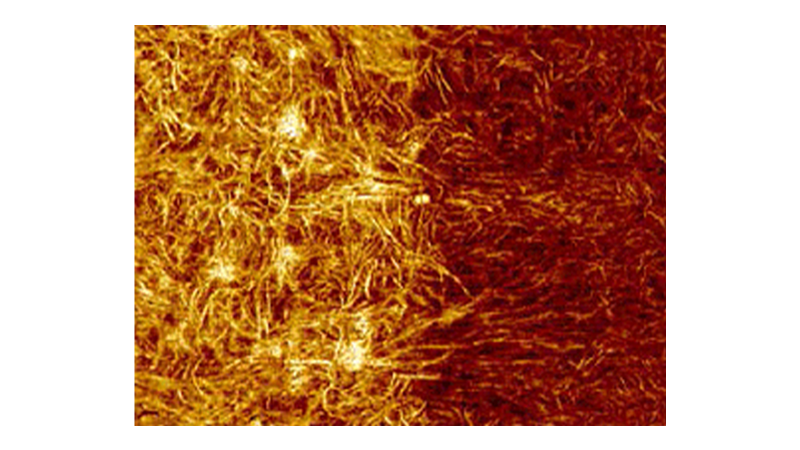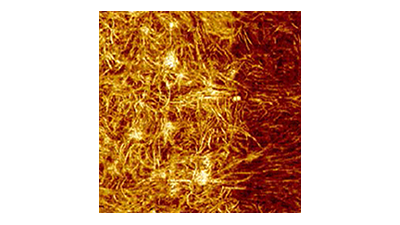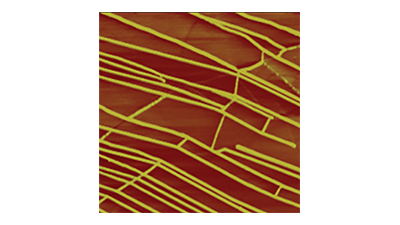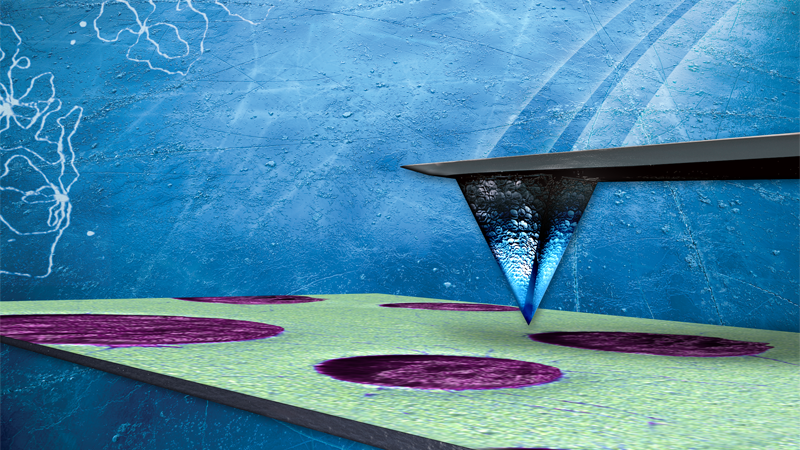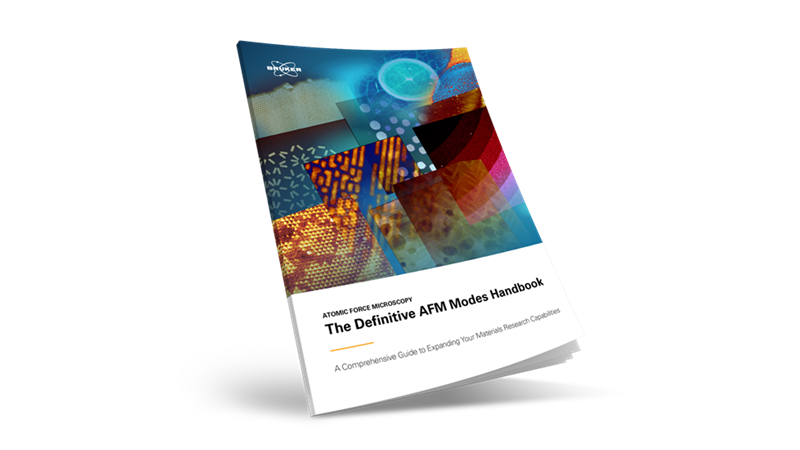

New Insights into Nanoscale Surface Properties Through PeakForce Tapping and Ringing Mode
Discover the latest techniques for studying the nanomechanical properties of materials
This 2-part webinar features exclusive presentations and Q&A with our guest speakers. Watch as they explore leading-edge techniques and instrumentation for AFM-based surface property mapping.
Improving & Extending the Capabilities of PeakForce Tapping
Bruker’s exclusive PeakForce Tapping® mode is arguably the most significant scientific breakthrough in atomic force microscope (AFM) technology since TappingMode™. It extends AFM measurements to a resolution and range of samples not previously accessed and uniquely enables simultaneous nanoscale property mapping.
This presentation explores recent advances and improvements in PeakForce Tapping technology and instrumentation. Features include:
- Optimized probes and calibration processes for improved accuracy and repeatability
- Easier access to raw data-cubes and smart post-processing, providing an overall
smarter analysis of mechanical response - New insights into pull-off and localized binding with Ringing Mode
- Improved control and more data points with the new NanoScope 6 controller
Unlock New Insights with the Newest AFM Operational Mode
Atomic force microscopy (AFM) is a well-established technique for probing the mechanical properties of materials at the nanoscale. For proper quantification of these mechanical measurements, non-resonant AFM modes have several important advantages, including clean separation of modulus vs adhesion. Specifically, Bruker’s PeakForce Tapping and AFM-nDMA modes provide quantitative and comprehensive measurements of elastic modulus and viscoelastic behavior of soft matter.
This presentation introduces Ringing Mode and discuss how this new mode extends PeakForce Tapping to enable, for the first time, enhanced surface adhesion property mapping.
Developed by Nanoscience Solutions Inc., Ringing Mode delivers 8 new quantitative compositional imaging channels that expand PeakForce QNM nanomechanical studies and provide unique insights into processes such polymer necking or the distribution and length of surface coating molecules. Integrated as a single operational mode on Bruker AFMs, Ringing Mode and PeakForce QNM together provide a comprehensive solution for nanoscale characterization of soft matter.
Speakers
Bede Pittenger, Ph.D., Sr. Staff Development Scientist, AFM Applications, Bruker Nano Surfaces
Dr. Bede Pittenger is a Senior Staff Development Scientist in the AFM Unit of Bruker's Nano Surfaces Business. He received his PhD in Physics from the University of Washington (Seattle, WA) in 2000, but has worked with scanning probe microscopes for 25 years, building systems, developing techniques, and studying properties of materials at the nanoscale. His work includes more than thirty publications and three patents on various techniques and applications of scanning probe microscopy. Dr. Pittenger's interests span topics from interfacial melting of ice, to mechanobiology of cells and tissues, to the nanomechanics of polymers and composites.
Prof. Igor Sokolov, Mechanical Engineering Dept, Tufts University
Chief Technical Officer, Nanoscience Solutions Inc.
Dr. Sokolov’s AFM adventure started in 1987, when he encountered the first AFM made in the Soviet Union. Being trained as a quantum field theory physicist, his early AFM works (his Ph.D. thesis) were about the search of unknown fundamental forces in nature. Using AFM force measurements, he obtained much stronger restrictions on new elementary particles than was previously found from the observation of red giant stars. Later, after suggesting ideas of lifting and tapping mode, he was awarded by E.L. Ginzton International Fellowship Award from Stanford University. His interests gradually migrated to biophysics and possible medical applications of AFM. He is now a professor at Tufts University, with 170+ referred papers, including publications in elite journals like Nature, Nature nanotechnology, PRL, Advanced Materials, Materials Today, etc. He has 21 patents issued and pending, including 6 in the area of AFM related to medical applications of AFM, machine learning, new Ringing, and FT-NanoDMA modes. His current AFM-related interests are AFM for Heath; the goal is to introduce AFM to the medical area.
